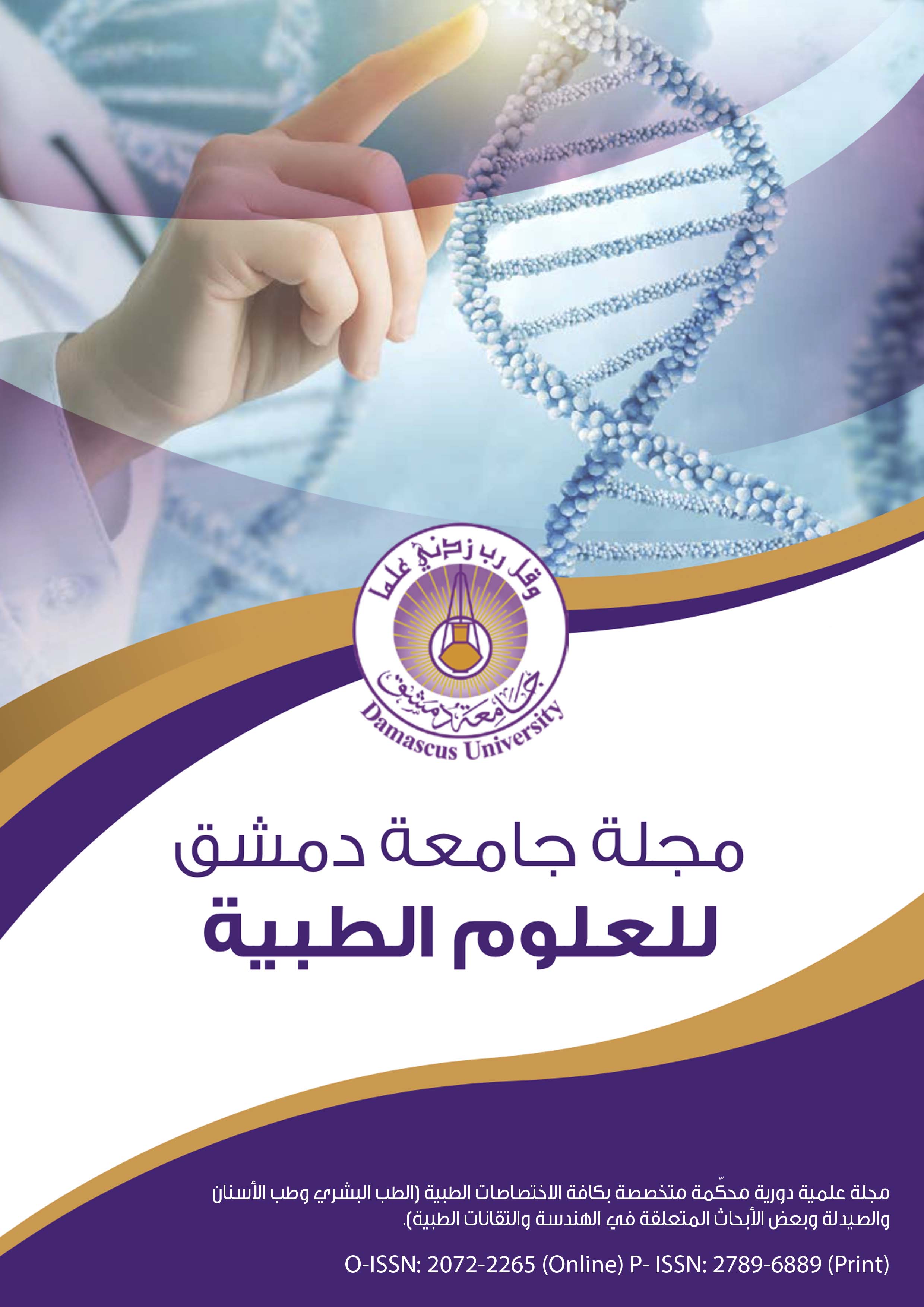Success Evaluation of Immediate Anatomic Zirconia Implants Compared to Traditional Immediate Implants
Keywords:
Immediate implants, anatomical implants, zirconia, success, failure., immediat implant, Anatomic Implant, Zirconia implant, success, FailureAbstract
Introduction: Despite high success ratio for commercially pure titanium in dental implants, the black metallic appearance that might be seen through the mucosa could be considered as a drawback. The modern use of zirconia in dental implants and their abutments came to overcome this drawback and obtain better aesthetic results in addition to having good mechanical properties and high biocompatibility.
On the other hand, immediate screw-shape implants have different shape and dimensions compared to the extraction socket, therefore, a gap will still exist. Custom-made titanium implants were introduced to match the shape of the extracted root and fill the socket without gaps.
Immediate anatomic zirconia implants may provide a good solution to both having metal in implants and having a gap between the socket and implants in immediate implantation. This study aims to investigate success ratio for this type of implants compared to classical immediate implants.
Materials and Methods: The sample consisted of 27 immediate anatomic zirconia implants for 21 patients from both genders. Implants were designed and manufactured starting from CBCT image and prior to extraction. Specialized software applications were used to modify implants design. Implants went through different processing procedures to make them ready for insertion immediately after tooth extraction. Restorations were made after a period of 3 months minimum, clinical and radiographic follow ups were performed after 1 year from restoring the implants in order to evaluate the success ratio.
Results: Immediate anatomic zirconia implants were considered success in 63% of total cases, satisfactory survival 11.1%, compromised survival 7.4% and they failed in 18.5%.
Conclusions: Immediate anatomic zirconia implants have low success ratio compared to classical immediate implants. Therefore, they can’t be considered as a predictable substitute in their current form.

